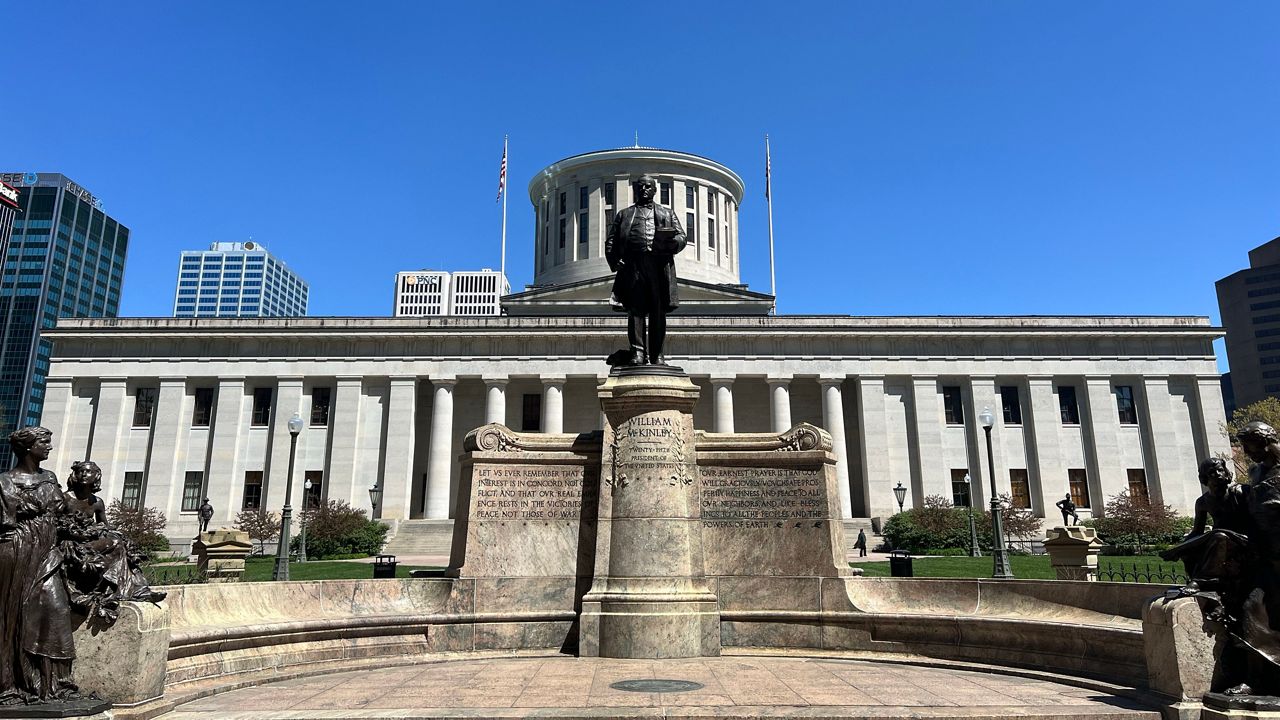Thursday's briefing from Governor Dewine provided more details on the prison coronavirus response, amid continuing reports of high rates of infections.
The state's director of Rehabilitation and Correction Annette Chambers Smith provided a statement on their efforts. She says the state really began planning back in 2009 with its H1N1 strategy.
“We didn't just start in February or January, we started quite some time ago,” says Chambers Smith who was Health Commissioner of the DRC at that time. “We had practiced our pandemic plan in the past, and we knew how we were going to start this.”
Chambers Smith summarised a series of changes including new protocols to provide sanitation products, like sanitizer and wipes.
Changes to the way they handle meals including combining breakfast and lunch and allowing food to be taken and eaten later.
Prison staff is also reducing the amount of people eating at one time to limit interactions. Prisons are also providing cloth protection, and screening inmates and staff for symptoms.
“There's a lot of layers to this, and it's either about surveillance or containing,” says Chambers Smith.
The latest data from the state shows more than 3700 incarcerated adults statewide tested positive for coronavirus, and more than 400 staff members.
Two staff deaths reported, one at Marion Correctional Institution, the other at Pickaway.
Those institutions also have 26 incarcerated adult deaths reported so far.
“It's not an easy time,” says Chambers Smith “We did have two of our own staff pass away. Horrible. The incarcerated adults we've had pass away horrible.”
Those facilities also had mass testing, and the results showed a high number of positive results of people with no symptoms.
“It only takes one staff member or one incarcerated adult, if we get even one person, we put them on a different status called 'red',” Chambers Smith explains. “And, then at that point we take signs, and symptoms and temperature of every single inmate everyday. And in those prisons where we have short staff, the (Ohio) National Guard helps us with that.”
Meanwhile, what has helped the rest of the state outside of the corrections system, has been social distancing. Despite closing in on one thousand deaths in Ohio, Dr. Amy Acton reports that it could be much worse.
“You know for our population size, when you look at our rates of death compared to other countries, and compared to other many other states, the things that you have done to protect each other really have helped us, says Acton. “But, it still hurts to see each one of these.”
And, as the state begins reopening , the state has issued a new “Stay Safe” order to replace the stay-at-home order expiring at 11:59 on May 1. The new order will be in effect until May 29.
“Social distancing is really, is really the key to about everything,” says Gov. Mike Dewine. “And, people just keeping that distance, and that's what we need to continue to do as we move to get people back to work.”







)


